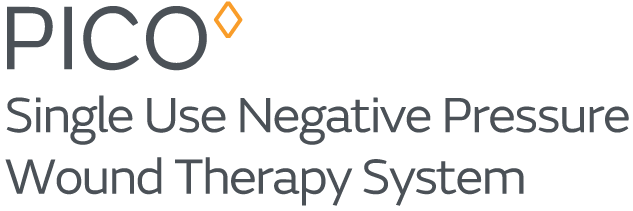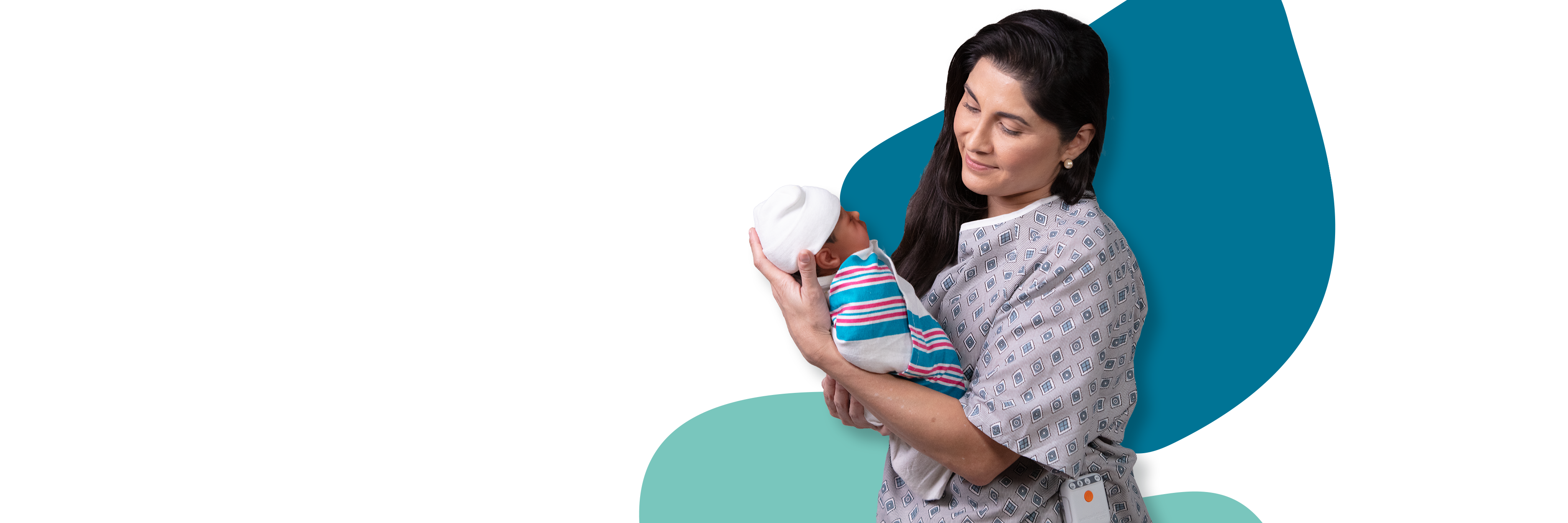
Reduction in the incidence of SSIs
The PICO System is proven to reduce the risk of surgical site infections (SSIs)3* — which enables early mother and baby bonding, prompt discharge, and positive impacts on the patient’s emotional wellbeing.4
Kristie’s Story
How It Works
C-Section Application
-
Gilchrist B, Robinson M, Jaimes H. Performance, safety, and efficacy of a single use negative pressure wound therapy system for surgically closed incision sites and skin grafts: A prospective multi-centre follow-up study. Paper presented at: SAWC; 2020; Virtual.
-
Hurd T, Trueman P, Rossington A. Use of a Portable, Single-use Negative Pressure Wound Therapy Device in Home Care Patients with Low to Moderately Exuding Wounds: A Case Series. Ostomy Wound Manage. 2014;60(3):30-36.
-
Saunders C, Nherera LM, Horner A, Trueman P. Single-Use negative-pressure wound therapy versus conventional dressings for closed surgical incisions: systematic literature review and meta-analysis. BJS Open. 2021;0(0):1 - 8.
-
Bullough L, Burns S, Timmons J, Truman P, Megginson S. Reducing c-section wound complications. The Clinical Services Journal. 2015:2-6.
-
Hyldig N, Joergensen JS, Wu C, et al. Cost-effectiveness of incisional negative pressure wound therapy compared with standard care after caesarean section in obese women: a trial-based economic evaluation. BJOG. 2019;126(5):619-627.
-
Hyldig N, Möller S, Joergensen JS, Bille C. Clinical evaluation of scar quality following the use of prophylactic negative pressure wound therapy in obese women undergoing cesarean delivery: a trial-based scar evaluation. Ann Plast Surg. 2020 Jul 10. [Epub ahead of print]. Available at: Annals of Plastic Surgery
*Compared with standard dressings in a woman with pre-pregnancy BMI ≥ 30
**Pre-pregnancy BMI ≥ 30









